Like the rest of our bodies, our hair and scalp are constantly changing as we age. So, just as we have to learn different methods of taking care of our skin and bodies, the same goes for our hair. It may seem like a daunting task, but that isn’t necessarily the case. Try out our tips below for a stress-free transition into middle age hair care.
What does heat do to hair
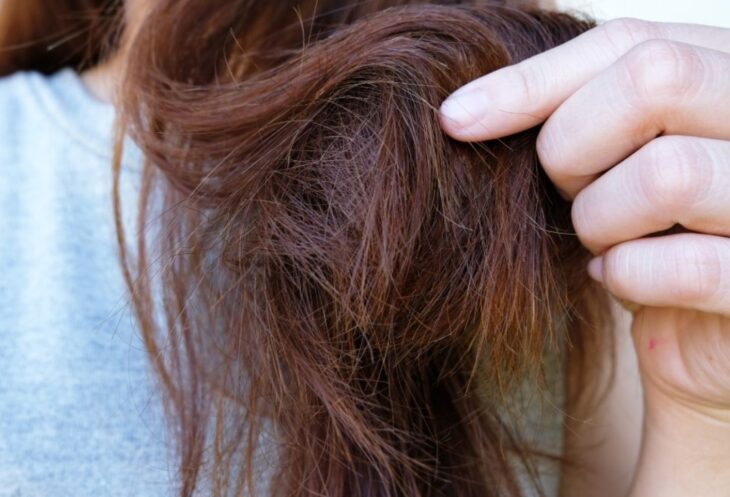
Source: Inspirationfeed
It’s no secret that heat can wreak havoc on your hair strands, but these effects are only exacerbated as our hair changes. With age, the hair follicle begins to produce less sebum – that stuff that keeps our hair hydrated and happy. As this happens our strands grow drier, and may also become weaker as a result of the strands becoming finer. Because of all of these changes, how often we apply heat to the hair should be heavily reduced, as excessive heat can cause undue damage in the form of breakage, weakening, unruly frizz and loss of elasticity.
Every time heat is applied to hair, it causes the strand to swell and remain open. This allows moisture and nutrients to escape, leaving your hair dull and flat. So, reducing exposure keeps our hair healthier, but how often is acceptable? There’s certainly a tight balance between styling your hair enough and over-styling, and to make things more confusing, there are a number of factors that should be taken into account when determining how often heat can be applied to your hair.
Suggested frequency
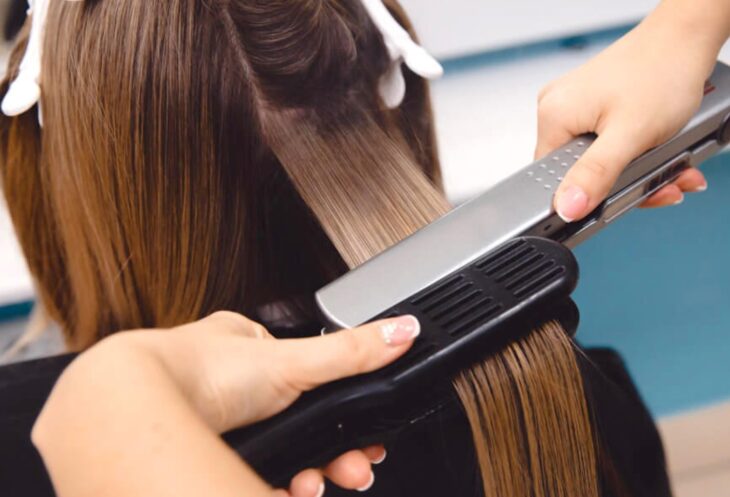
Source: HerStyler
It is typically recommended that hair not be blown out more than 3-5 times per week, and flat ironing or curling be reduced to 1-2 times per week. However, these numbers aren’t necessarily a hard and fast rule.
First, hair type should be taken into account. For finer hair that is more susceptible to the damaging effects of heat, once or twice per week should be your upper limit. For thicker hair, two or three times may be alright. Of course, there’s also the health of your hair to be considered. If you have drier hair, you’ll want to limit frequency a bit more. You may also consider using a hydrating serum when applying heat to your hair.
Tools of assistance
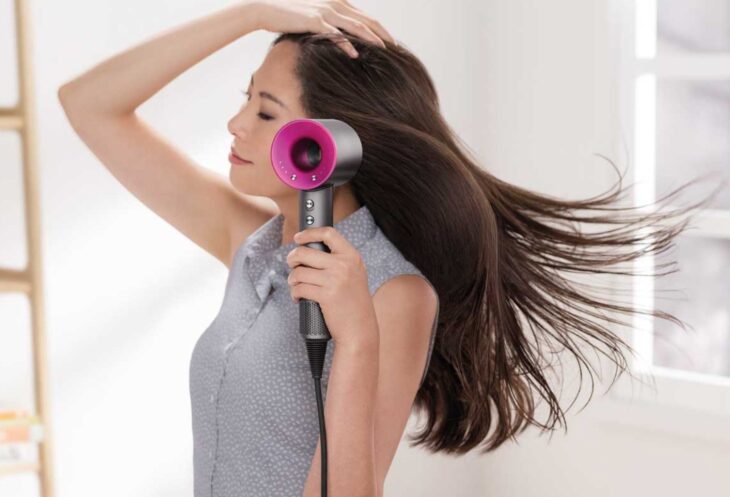
Source: AsiaOne
Now that we have a baseline, let’s look at what the exceptions to these rules are, and how we can create some wiggle room within those rules.
All blow dryers were not created equal and that is a fact. Investing in a quality dryer with varied heat settings is well worth it if you’re quality of hair is at the forefront of your mind. Not only can this help to cut down on the amount of time and temperature of the heat is being applied to your hair, but it may also help to protect your hair by using less heat all together with advanced technologies. Ionic dryers are also great, as they create negatively charged ions, which work to break down the positively charged water molecules, creating a less damaging environment for your hair.
When it comes to straighteners and curlers, the quality and size of the tool are both fairly important. Similarly, to blow dryers, investing in a professional grade tool is key. Look for irons and wands with ceramic or tourmaline plates, as these heat up quicker, stay hot and apply heat more evenly. This way, you won’t find yourself going over the same sections of hair multiple times or holding the heat on your hair for too long.
Additionally, using the right size product can help by reducing the amount of time spent working with the hair. Women with thicker hair may want to use larger irons, but as the hair becomes finer, it’s best to stick with smaller 1” flat irons. If you’re looking for tighter curls, a standard 1 – 1 ¼” curling wand should be sufficient, or a larger one around 2” for a more beachy, lived-in look.
Heat protection
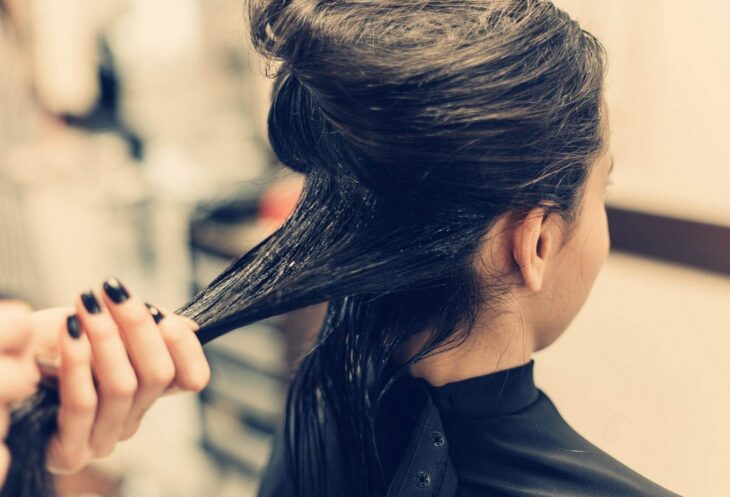
Source: Croda Personal Care
I’ve said it before, and I’ll say it again; if you’re going to use heat, make sure you also use protection. These sprays and cremes may not fully prevent the damage caused by overexposure to heat, they work to gradually heat up the strands and slow the damaging process. While there is no excuse for not using a heat protectant when styling your hair, choosing the right one can seem overwhelming. Look for one that has ingredients like natural oils and extracts. Aloe, coconut oil, argan oil, grapeseed oil and shea butter are all fantastic for protecting and hydrating hair. Keratin is another great ingredient. This is one of the main components of your natural hair, and when applied to the hair it works to protect, moisturize and strengthen your strands. This one, from Better Not Younger does the trick, and more by providing a lightweight layer of protection that won’t leave your hair feeling heavy, and works double time to prevent frizz – win!
Heatless tips
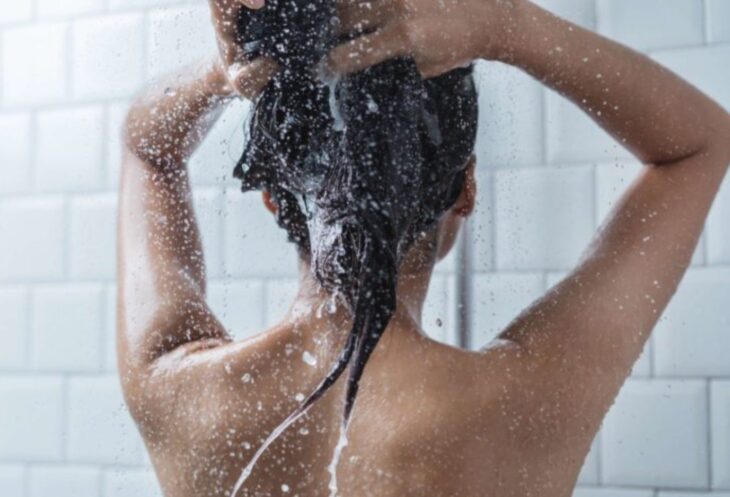
Source: Medical News Today
Finally, there are a few other things you can do outside of your heat styling regimen to protect your hair from heat damage. It may seem a bit backwards, but reducing the frequency of hair washing has a number of benefits, one of which is keeping natural oils in your hair and allowing them to transfer from the scalp to the strands. Another option is to shower with milder, warm water, as opposed to scorching hot water. While it may feel nice and relaxing to some (guilty!) it is actually draining moisture from your skin and your hair. And lastly, go heat-free. A no-brainer, no doubt, but adding velcro or towel curlers to your routine or letting your hair towel or air dry before styling goes a lot further for hair care than you may realize. I mean, think about it: letting your hair air dry once per week cuts out fifty-two blow drying sessions per year. Now that’s a lot of heat reduction.
Have you noticed heat becoming increasingly damaging to your luscious locks? Have some tips and tricks we don’t know about? Drop us a line and let’s chat in the comments below!
By Morgan Allman
